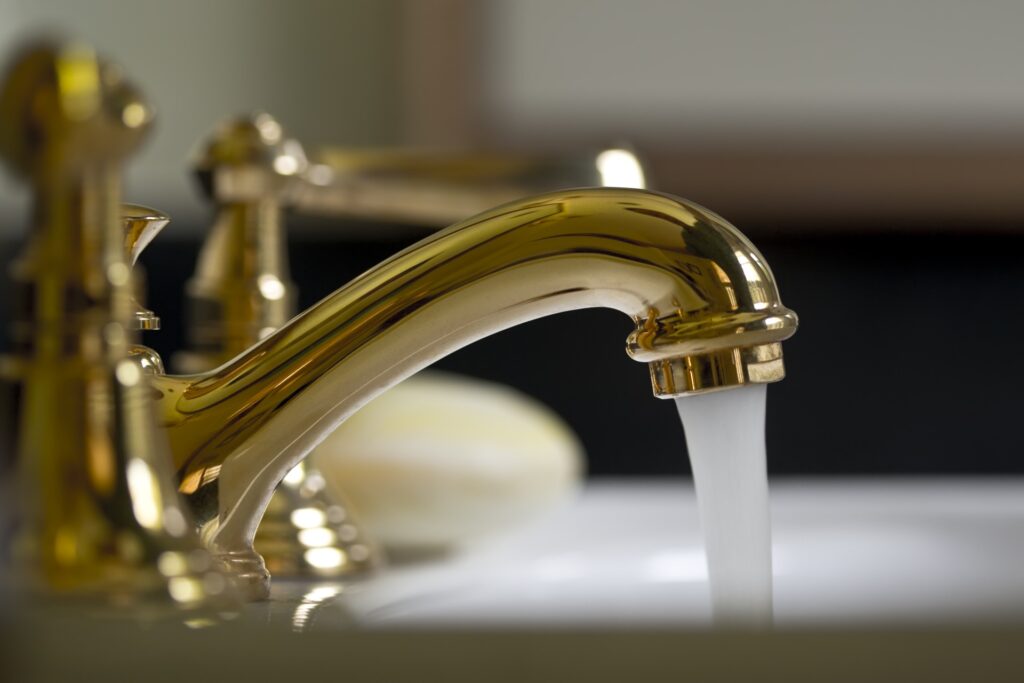Although it often doesn’t seem like it would, brass is used in a multitude of things you might not have guessed. Brass itself seems like its own metal from the outside, but common uses of brass often rely on the fact that’s actually an alloy.
Typically, brass is composed of two base metals: copper and zinc. What makes this alloy so different from others is that the properties of brass can vary significantly based on the ratio of copper to zinc and the kinds of alloying agents used. Thus, multiple kinds of brass are often made to suit the purpose of its application.
We go into detail about more of these applications below.
Common Uses of Brass: Musical Instruments
Brass has become almost synonymous with musical instruments—an entire part of an orchestra is literally named “the brass section.” While today it’s known for its use in instruments like trombones, brass has been used for hundreds of years to create many different kinds of instruments. In fact, the first brass instrument ever was a trumpet.
In today’s world, brass is used for classic instruments like those previously mentioned (including others like french horns and tubas) but they’re also used in components in electric guitars and violins!
Using Brass in Construction and Architecture
Because brass is both corrosion-resistant and highly durable, it’s a frequent pick for both construction and architectural projects. One of the common alloys of brass that’s used for these projects is gliding metal or red brass.
Red brass is made up of 95% copper and 5% zinc and together produces an alloy that can be easily formed into desired shapes. As such, it’s also often used in craft-related projects.
Ornamental trim, architectural fascias, grillwork, and door handles are all frequent applications of this kind of alloy.
Brass Applications in the Electrical Industry
One application of brass you might not know is its widespread use in electrical work. Because brass is primarily composed of copper and zinc it’s highly conductive and perfect for electrical parts. Typically, arsenical brass is used that contains about 0.03% arsenic to improve corrosion resistance in water.
Some of the most common electrical applications you can find brass in include:
- Heat exchangers
- Radiator cores, rubes, and tanks
- Electrical terminals
- Plugs and lamp fittings
- Electrical sockets and switches
Brass Use in Plumbing
The plumbing industry often uses another kind of brass that’s easy to machine and is highly-corrosion-resistant and durable known as “free cutting brass.” Free cutting brass applications cover a wide range of industries in its use, but it can commonly be found in the following:
- Pipe fittings like elbows, plugs, and couplings
- Taps, faucets, and other fixtures
- Valve bodies
Brass Applications for Mechanical Purposes
As we’ve mentioned previously, brass is immensely durable and combined with the fact that it’s also corrosion-resistant makes it an excellent candidate where metal components are put under stress.
The brass alloy that’s most often used in these cases is called high tensile brass. While this extends to high-stress applications like marine engines, locomotive axle boxes, valve guides, swash plates and others, it also extends to tools. Brass tools like hammers, flat knives, and so on are some of the most durable kinds of tools, even when used frequently.
Brass is one of the most versatile metals out there, and with its many useful properties, it’s sure to continue to be one of the most widely used.


